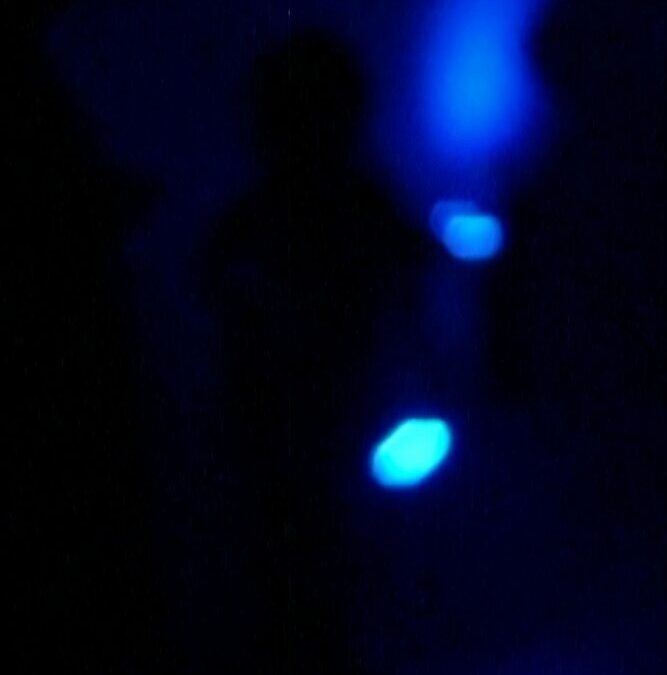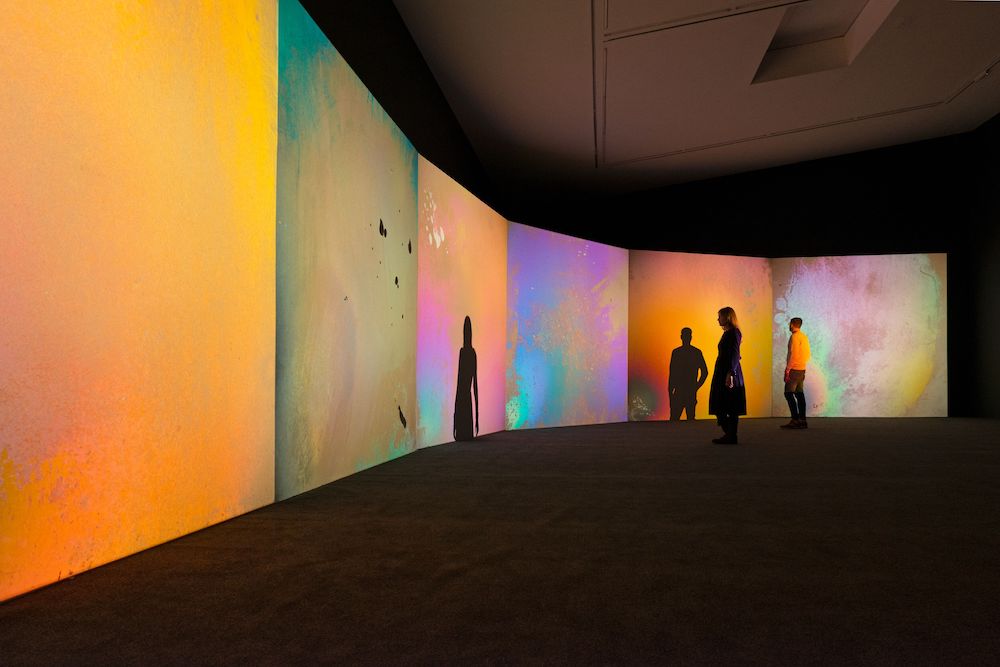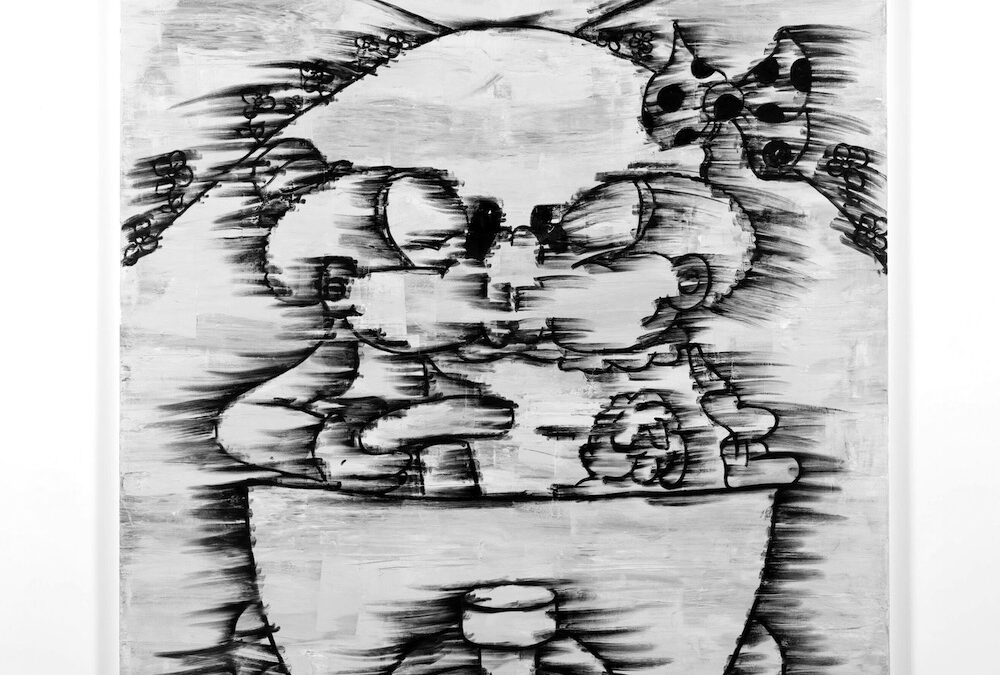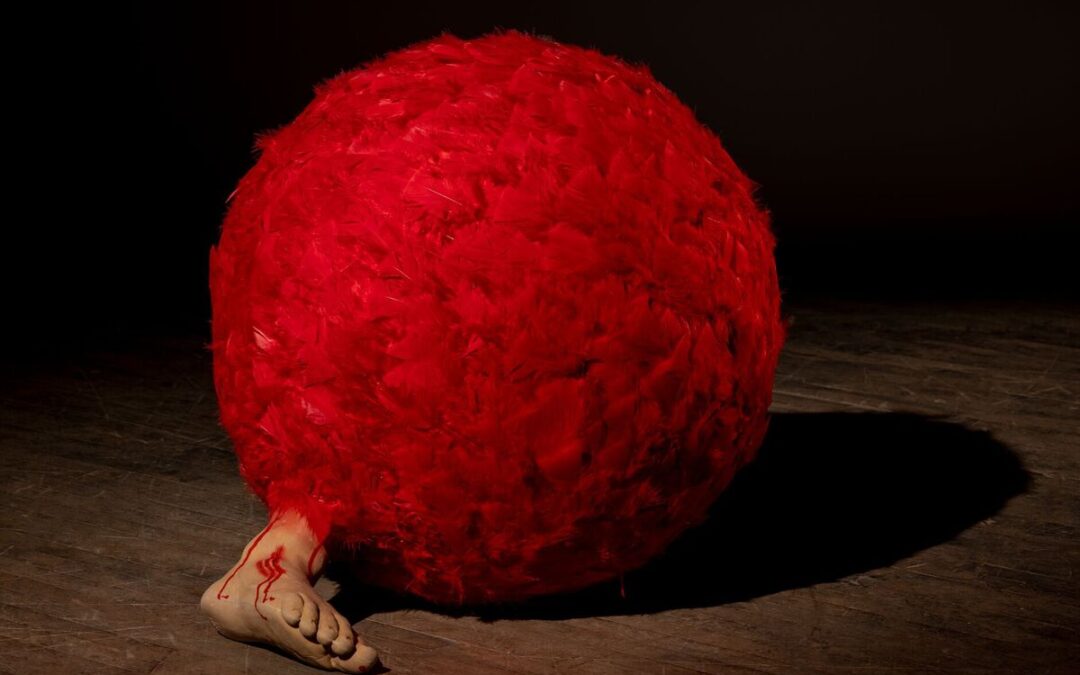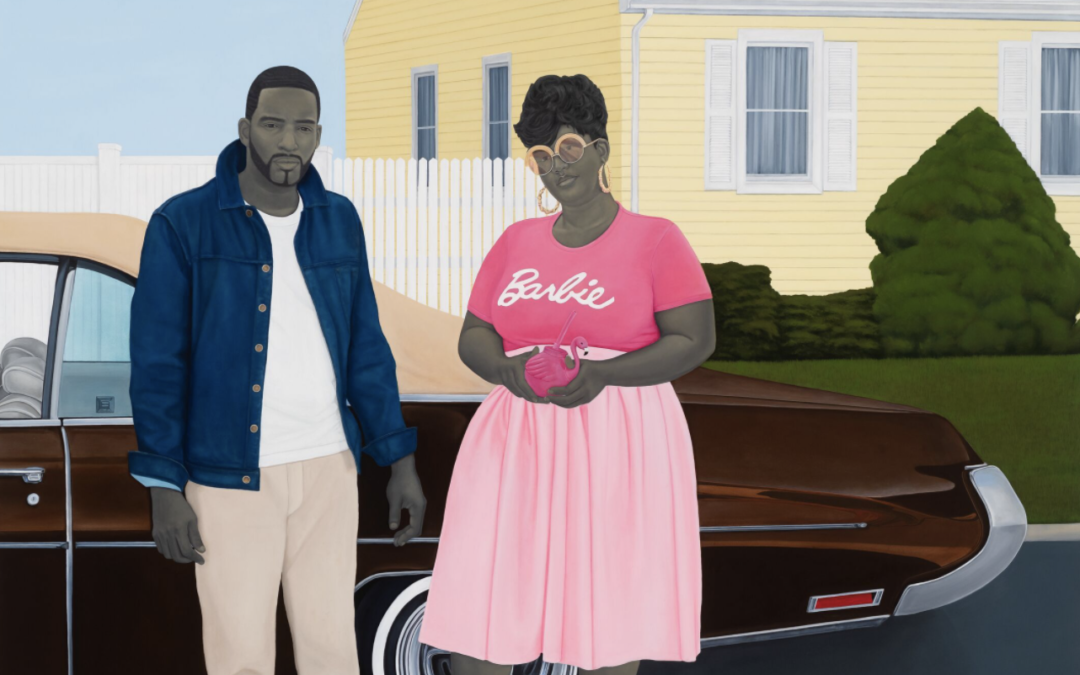I went in blind to David Hammons’ Concerto in Black and Blue (on view for the first time since its 2002 debut)—both literally and figuratively. When I pushed back the heavy curtain shrouding the gallery, darkness swallowed me. I couldn’t pull out my phone to navigate...
